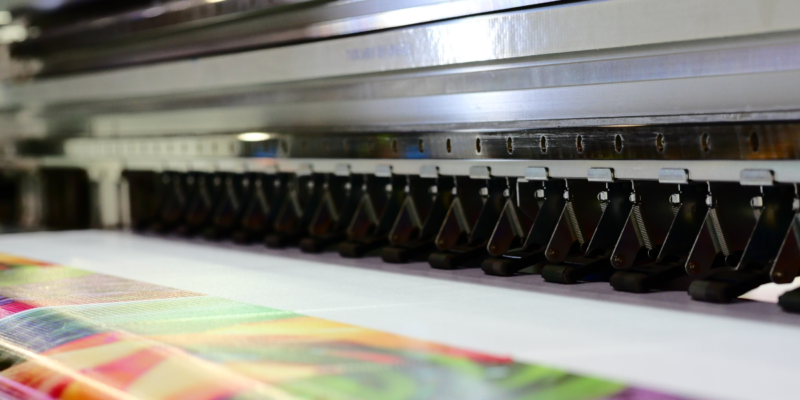The realm of personalized printing is evolving rapidly, and its future holds immense promise. With advancements in technology, businesses and individuals alike are poised to benefit from innovations in printing technology. The ability to tailor print materials to individual preferences is revolutionizing the industry. In this article, we will explore the transformative impacts of personalized printing and what lies ahead.

Understanding Personalized Printing
Personalized printing involves customizing printed materials to suit the preferences or needs of an individual. This approach is not only feasible but also increasingly popular due to technological advancements. Whether it’s a custom photo book, tailored marketing materials, or bespoke invitations, the potential applications are vast.
The Role of Technology in Printing
Technological advancements play a crucial role in the personalized printing future. The integration of AI and machine learning into printing processes, as discussed in AI in Printing Technology, has enabled printers to manage complex tasks with precision. This not only enhances efficiency but also expands the scope of customization available to users.
3D Printing: The Next Frontier
3D printing is a key player in the personalized printing arena. It allows the creation of three-dimensional objects from digital files, paving the way for personalized items that were once unimaginable. According to insights from NSF, this technology is set to transform sectors ranging from healthcare to manufacturing.
Benefits of Personalized Printing
The benefits of personalized printing are manifold. For businesses, it offers a unique way to engage customers by providing them with customized experiences. For individuals, it means the ability to own items that reflect their personal taste and preferences.
Enhanced Customer Engagement
In the marketing realm, personalized printing can significantly enhance customer engagement. By tailoring marketing materials to specific audiences, businesses can foster deeper connections and drive better results. This is particularly crucial in today’s competitive market where personalization is key.
Sustainability and Efficiency
Personalized printing is also paving the way for more sustainable practices. By producing only what is needed, waste is minimized, aligning with the goal of Zero-Waste Printing Processes. This not only benefits the environment but also reduces costs for businesses.
Challenges Facing the Personalized Printing Future
Despite its many advantages, the personalized printing future is not without challenges. Issues such as data privacy, cost implications, and technology adoption need to be addressed to fully realize its potential.
Data Privacy Concerns
With personalization comes the need for data, raising concerns about privacy and security. It is critical for businesses to handle customer data responsibly to build trust and ensure compliance with regulations.
Cost Considerations
While the cost of technology is decreasing, the initial investment in personalized printing can be significant. Businesses need to weigh the benefits against the costs to determine the best approach for their needs.
Future Trends in Personalized Printing
Looking ahead, several trends are set to shape the personalized printing future. These include advancements in digital printing, increased use of sustainable materials, and the integration of augmented reality into print media.
Augmented Reality and Print
Augmented reality (AR) is poised to redefine how we interact with printed materials. By overlaying digital information onto the physical world, AR enhances the user experience, making print more interactive and engaging. For more on this topic, visit AR in Print Media.
Conclusion
The personalized printing future is bright, with numerous possibilities for innovation and growth. As technology continues to advance, the potential for customization in printing will only expand, offering exciting opportunities for businesses and consumers alike.

FAQs
What is personalized printing?
Personalized printing refers to the customization of printed materials to meet individual preferences or needs.
How does personalized printing benefit businesses?
It enhances customer engagement by providing tailored experiences, which can lead to better results and stronger customer relationships.
What are the challenges of personalized printing?
Challenges include data privacy concerns, cost implications, and the adoption of new technologies.
This article contains affiliate links. We may earn a commission at no extra cost to you.






